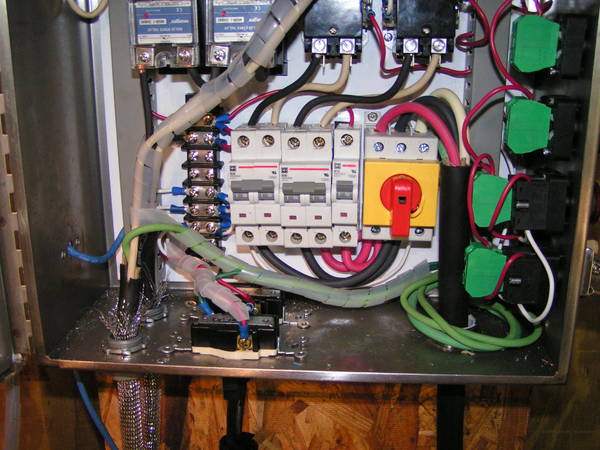The big brew day went great

The 24 gallon batch idea is wonderfully effective and I got over 80% efficiency. I will certainly be doing that again.
Almost had a march pump tragedy last night however:
Last night I brewed a 12 gallon batch of a black IPA at 1.075 gravity. Everything was going swimmingly until during the sparge I heard a funny noise then started smelling a burning smell that was different.
I sniffed around then noticed that my wort pump was hot as all hell, and was not rotating. I thought for sure it was dead.. tried starting it up again several times and it just stayed hot. So... to finish the fly sparge I had to put the kettle on the floor and gravity drain from MLT. Then before the boil I hoisted it (full of 14 gallons to almost the brim) back onto the stand and went on with it. I ended up chilling with the sole working pump recirculating wort, and a pond pump recirculating some ice water.
The morning after, I inspected the pump closely. The moving parts were all stuck. I removed the wet assembly and opened it up. The impeller thing (that moves the wort) was lodged to the axle by a tiny paper-thin skin of grain. This had stopped everything from moving in the pump including the motor and magnet.
When it happened, the pump heated up to the point it would blister your skin if you touched it. Now its just fine, once I dislodged the grain bit.
There has to be some way to avoid this! Surely if I had let it run it would've totally burnt up. And it would've been tough to notice. I'll be trying to think of some safeguard. Until then I'll keep rolling with it and pay close attention.





